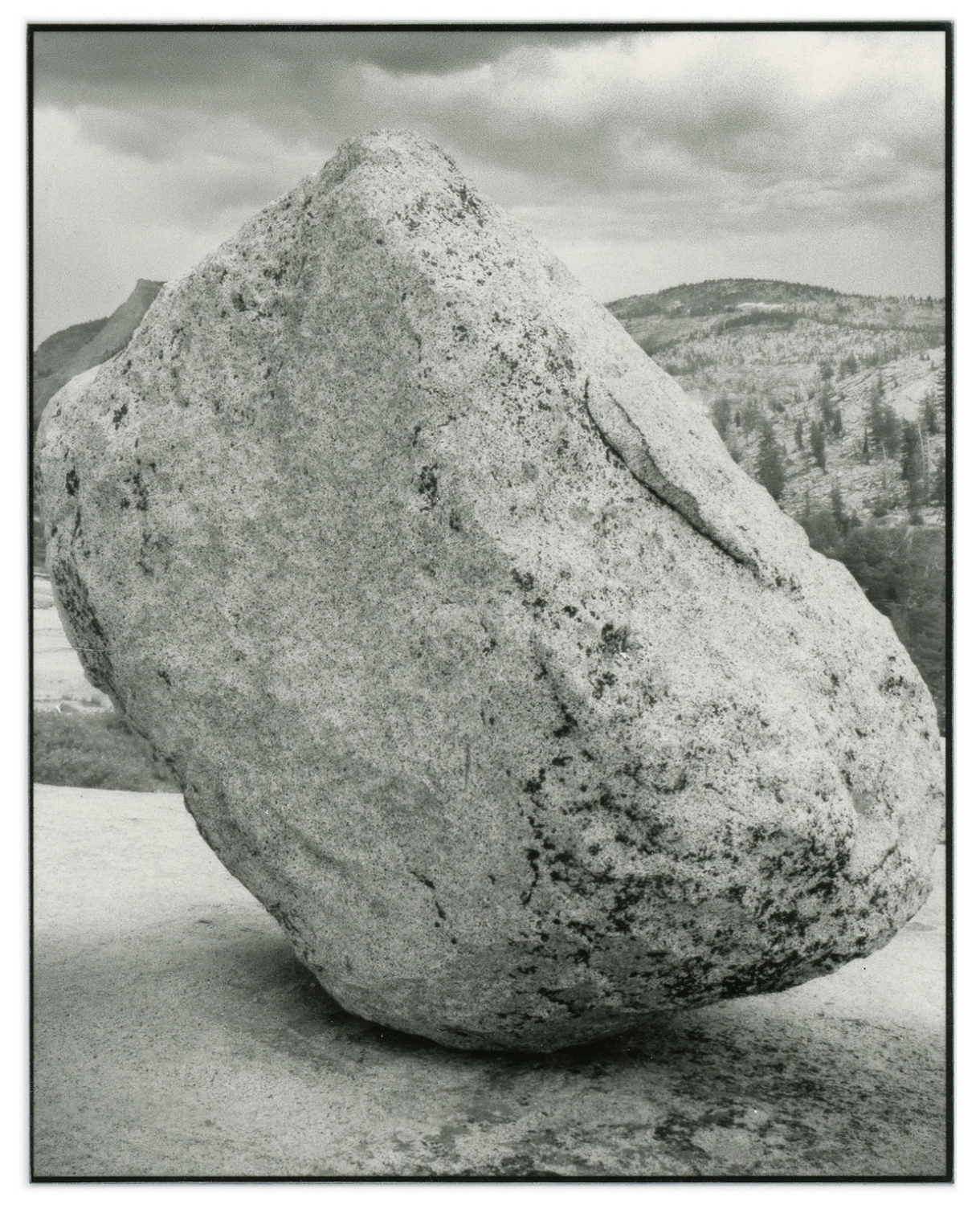SEAN MCFARLAND – 4.5 BILLION YEARS A LIFETIME
2020-02-03Measuring begins in our limits. In 1789, Horace-Benedict de Saussure created the cyanometer, a circle of small squares of blue, arranged in a gradient. This circle was held up to the sky at different altitudes. After matching the density of blue in various locations, de Saussure was able to accurately determine that the hue of the sky reflects the amount of particles suspended in the atmosphere. The blueness of the sky is something we can tangibly see and relate to within our existential timespan, our lifetime. These early cyanometers were made with prussian blue pigment, the same blue dye found in the cyanotype process.
We perceive time as linear, but time is not. When taking a photograph, we think of a single exposure as capturing a moment in time and place, a before and after described by the picture. Multiple exposures challenge or attempt to understand the act of making a record by increasing time’s density in a single frame, two moments become one.
Hyperobjects, a term used by theorist, Timothy Morton, describes phenomena massively distributed across time and space. Morton defines the qualities of hyperobjects as, viscous, molten, phased, of a non-locality, interobjective (relations of more than one object). The totality of hyperobjects cannot be realized in any specific, local form. Consequently, we are only able to perceive the imprint of a hyperobject upon other objects. The sun evidenced by shadows on a cloud. Global climate change is often used as an example of a hyperobject. Here, the climate, 4.5 billion years (life of the earth), language. This show is an attempt to grapple with the un-measurable through images.
Opposite – Erratic
Exhibition runs through to February 29th, 2020
Casemore Kirkeby
1275 Minnesota Street, #102
San Francisco
94107 CA
